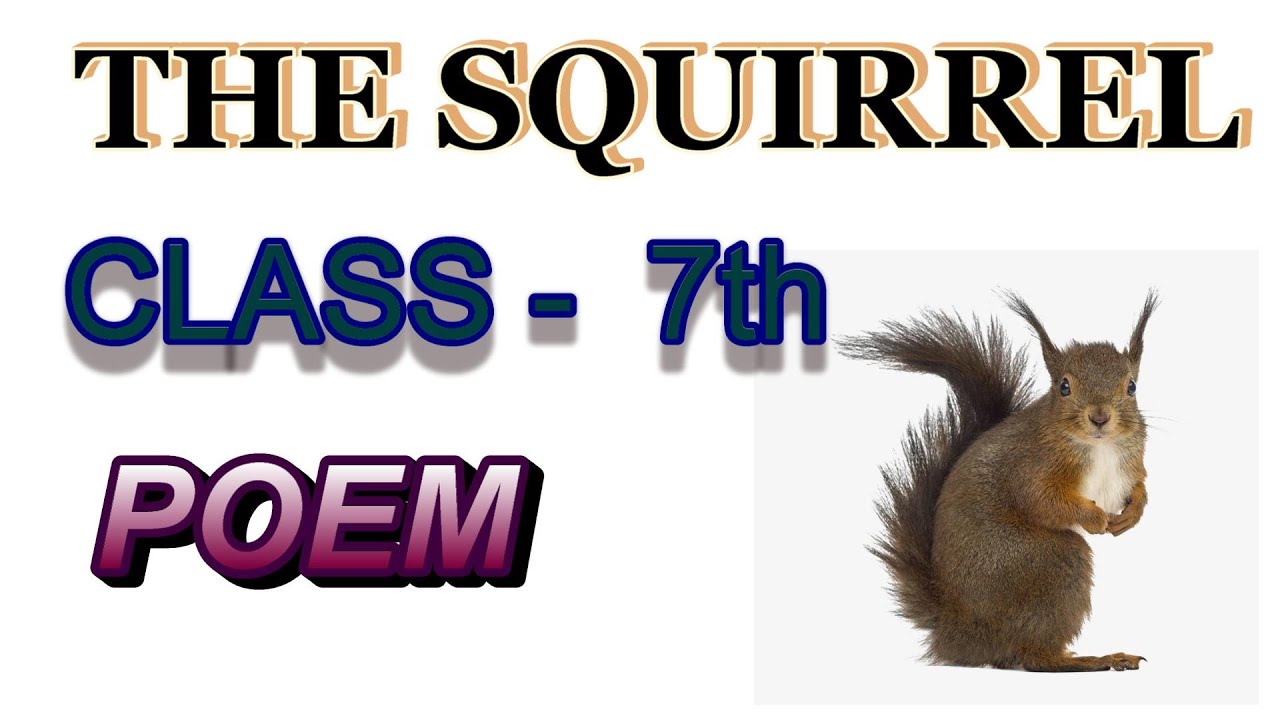
About Lesson
“The Squirrel” by Mildred Bowers Armstrong
Introduction:
- The poem provides a vivid and playful description of a squirrel’s behavior and appearance.
Key Points:
-
Appearance:
- Tail: The squirrel’s tail is described as looking like a question mark. This simile emphasizes the distinctive and curious shape of the squirrel’s tail.
- Coat: The squirrel is described as wearing an “overcoat of gray,” which conveys the color and perhaps the thickness of its fur, likening it to a piece of clothing.
-
Behavior:
- Eating: The squirrel sits up straight to eat a nut. This posture is typical for squirrels and shows their upright, alert stance when feeding.
- Playfulness: The squirrel enjoys teasing and playing. This highlights the animal’s lively and mischievous nature.
- Movement: If someone runs around the tree where the squirrel is, it moves in the opposite direction. This behavior shows the squirrel’s quick and agile movements as it avoids perceived threats or engages in playful evasion.
Themes and Messages:
- Observation of Nature: The poem encourages readers to observe and appreciate the small details and behaviors of animals in nature.
- Playfulness: The playful interaction between humans and the squirrel adds a lighthearted and joyful tone to the poem.
Summary in Points:
- The squirrel has a tail shaped like a question mark.
- Its fur is described as a gray overcoat.
- It sits upright to eat nuts.
- The squirrel enjoys teasing and playing.
- When people run around its tree, the squirrel moves in the opposite direction.
Discussion Questions:
- What does the poet compare the squirrel’s tail to, and why?
- The poet compares the squirrel’s tail to a question mark to highlight its unique shape and the curious nature of the squirrel.
- How does the squirrel’s behavior reflect its personality?
- The squirrel’s playful and teasing behavior reflects its lively and mischievous personality, as it enjoys interacting with its surroundings in a fun way.
Join the conversation
